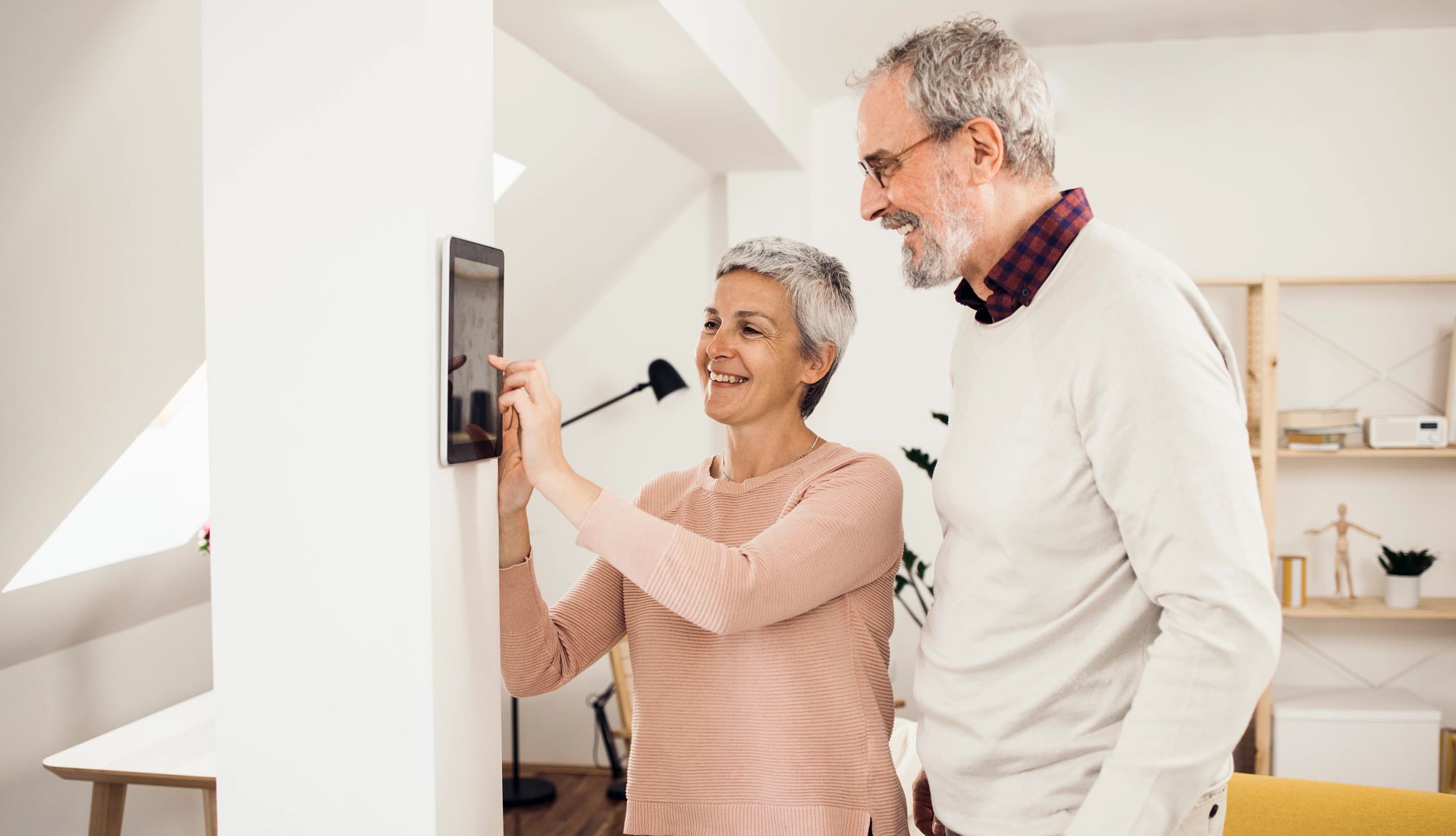AARP Hearing Center


In this story
Aging in place • Artificial intelligence • AARP and innovation • Telemedicine • Smart cars • Virtual reality • Smart homes • Robot assistance
Growing older doesn’t have to mean leaving your home.
Numerous technological achievements promise to make aging in place easier, safer, more satisfying and, in some instances, lend a much-welcome hand to caregivers. Each of the half-dozen innovations mentioned here has been in development for years, and the technologies often overlap.
As products and services continue to evolve, some disconcerting details can’t be dismissed or ignored, including potential intrusions into privacy. But the overarching goal is to help you live better and smarter.
1. Artificial intelligence answers questions
OpenAI’s ChatGPT artificial intelligence (AI) chatbot practically exploded onto the scene in late 2022. Soon after, AI-infused versions of Microsoft Bing’s search engine, now Copilot, and the conversational Bard AI from Google, now Gemini, followed.
These are still early years for AI. Its potential to transform every corner of society, for better or worse, cannot be overstated.
How AARP is assisting innovation
The AARP Innovation Fund, created in 2015 with $40 million, invests in businesses that support adults 50 and older in three areas: access to health care, aging at home and preventive health. As of 2023, the fund has helped 10 companies.
The AgeTech Collaborative From AARP looks at hundreds of new products and services from start-ups each year. The most promising become part of an eight-week mentoring program to refine their innovations for aging consumers and bring them to market faster.
The Dementia Discovery Fund, which received $60 million from AARP in 2018, is an international venture capital fund that invests in early-stage biotech companies exploring groundbreaking therapies for Alzheimer’s disease and other dementias.
“The development of AI is as fundamental as the creation of the microprocessor, the personal computer, the Internet, and the mobile phone,” blogged a guy in a unique position to weigh in, Microsoft cofounder Bill Gates. “It will change the way people work, learn, travel, get health care, and communicate with each other.”
When prompted, ChatGPT itself suggested several ways in which AI might assist people 50 and older, starting with the fact that it can answer questions on almost any topic, including finance, health care and technology. Conversational bots also might provide mental stimulation and companionship, even to the point of offering therapy to people who are anxious, lonely or depressed.
But AI is far from perfect. It makes factual errors and sometimes spits out baffling results, which tech insiders refer to as hallucinations.
“Any new technology that’s so disruptive is bound to make people uneasy, and that’s certainly true with artificial intelligence,” Gates says. “I understand why. It raises hard questions about the workforce, the legal system, privacy, bias and more.”
Apple cofounder Steve Wozniak and OpenAI cofounder Elon Musk (who has since left the company) are among the more than 34,000 tech luminaries who have signed an open letter since March 2023 calling on “all AI labs to immediately pause for at least six months the training of AI systems more powerful than GPT-4.”
Version GPT-4o is the latest public iteration of ChatGPT.
In May 2023, more than 350 executives, researchers and engineers working in AI also released a statement through the nonprofit Center for AI Safety raising their own red flags about the technology.
2. Telehealth can limit trips to the doctor
Social distancing during the height of the pandemic made face-to-face meetings with a physician extremely difficult. Though people are out and about again, the ability to remotely connect with a health care provider in real time, typically via video, remains.





































































More From AARP
Apple, Google Unveil 5 Features to Help Disabled People
Accessibility updates aid with memory, sight problems5 Ways Tech Can Help Caregivers of Dementia Patients
Wearables, smart homes, other solutions don’t work for all
25 Ways to Find a Greater Sense of Purpose
Use our topical advice to elevate your curiosity, plan your third act and expand your horizons
Recommended for You